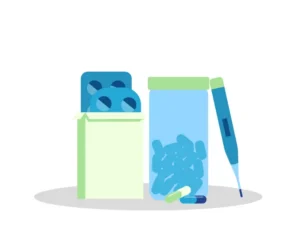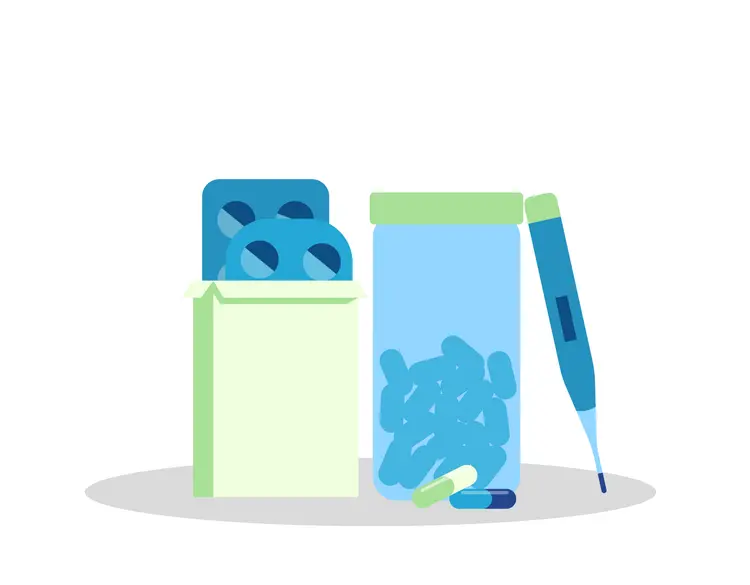
Cefiget Syrup is a commonly prescribed antibiotic syrup for children that helps treat different types of bacterial infections. It contains Cefixime, a well-known antibiotic used worldwide to fight bacteria and stop infections from spreading.
This article will explain everything you need to know about Cefiget syrup uses, dosage, side effects, and important precautions — all written in simple language that anyone can understand.
✅ What is Cefiget Syrup?
Cefiget Syrup contains Cefixime as the active ingredient. Cefixime is a third-generation cephalosporin antibiotic. It works by killing bacteria or stopping their growth so the body can recover from the infection.
Cefiget is usually prescribed to children who have bacterial infections in the:
-
Ears
-
Throat
-
Lungs
-
Urinary tract
-
Stomach or intestines
It comes in a liquid syrup form, which makes it easier for kids to swallow and absorb.
🔍 Cefiget Syrup Uses
Doctors prescribe Cefiget syrup to treat various types of infections caused by bacteria. It does not work against viruses like cold or flu.
The main Cefiget syrup uses include:
1. Throat Infections
-
Such as tonsillitis or pharyngitis
-
Helps reduce pain, swelling, and fever
2. Ear Infections
-
Like otitis media, common in small children
-
Reduces ear pain, discharge, and fever
3. Chest and Lung Infections
-
Used in bronchitis and mild pneumonia
-
Helps with cough, chest congestion, and fever
4. Urinary Tract Infections (UTIs)
-
Treats painful urination, frequent urge to pee, or urinary burning
5. Typhoid Fever
-
Sometimes prescribed in typhoid (especially in children)
-
Reduces fever and stomach symptoms
6. Stomach or Intestinal Infections
-
Helps control diarrhea caused by certain bacteria
💡 Important: Cefiget should only be taken on a doctor’s advice. Do not use it for common colds or viral infections.
🍼 How to Give Cefiget Syrup to Children
Cefiget syrup comes in a liquid bottle with a measuring cap or dropper.
General Instructions:
-
Shake well before each use
-
Give after meals to reduce stomach upset
-
Use the measuring spoon or dropper provided — do not guess the dose
-
Follow the doctor’s prescribed dose and duration strictly
💡 The usual treatment course lasts 5 to 7 days but may vary depending on the infection.
⏱ How Long Does It Take to Work?
-
Most children start feeling better within 2–3 days.
-
However, complete the full course, even if the symptoms improve early. Stopping too soon may cause the infection to come back or become resistant.
⚠️ Side Effects of Cefiget
Common Side Effects:
-
Diarrhea
-
Stomach pain
-
Nausea or vomiting
-
Gas or bloating
Rare but Serious Side Effects:
-
Skin rash or itching
-
Yellowing of eyes or skin (liver-related)
-
Unusual tiredness
-
Severe diarrhea (may indicate a more serious condition)
🚨 If you see any signs of allergic reaction like swelling, difficulty breathing, or severe rash — stop the medicine and consult a doctor immediately.
⚠️ Precautions Before Using Cefiget
-
Tell your doctor if the child has a kidney or liver problem
-
Let the doctor know if the child is allergic to penicillin or cephalosporins
-
Always give the correct dose — overdose can be harmful
-
Store the syrup in a cool, dry place (some versions may require refrigeration)
❌ When NOT to Use Cefiget
Avoid using Cefiget if:
-
The infection is viral (like cold or flu)
-
The child has had an allergic reaction to antibiotics before
-
You’re using it without a doctor’s prescription


